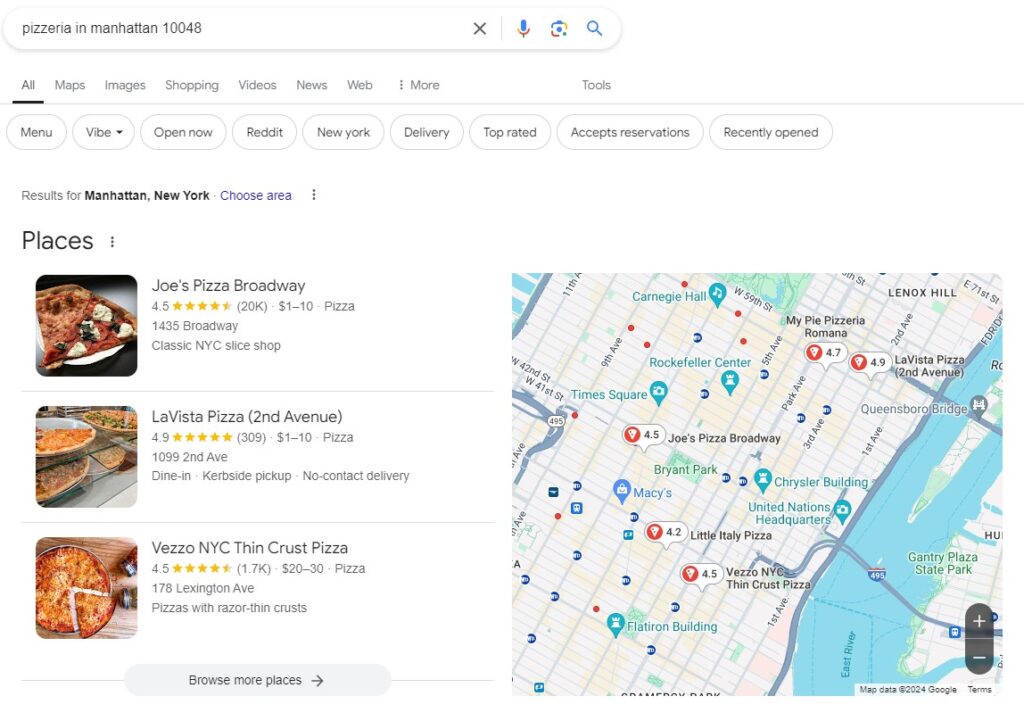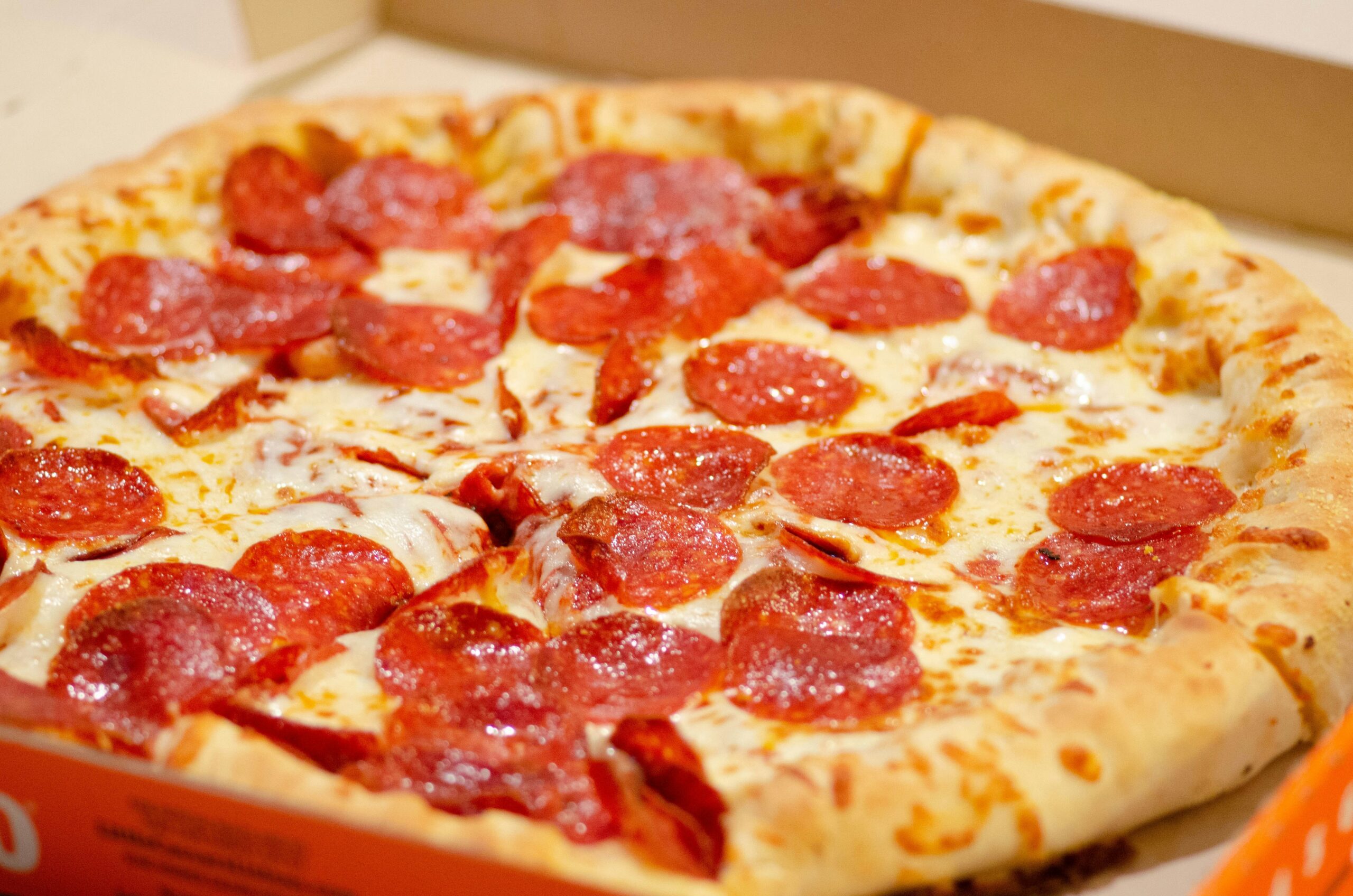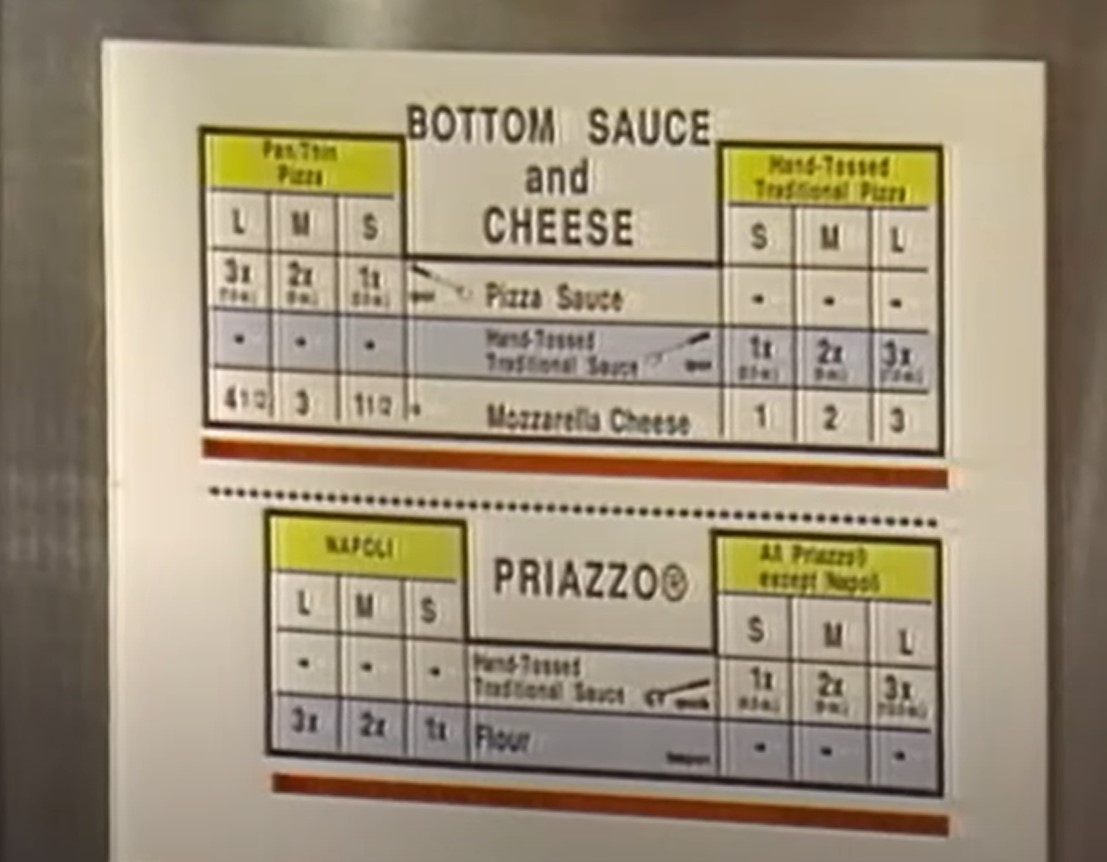
Optimizing your Pizza website for search engines is key to attracting more traffic, driving online orders, and boosting brand visibility. By implementing the right strategies, you can ensure your site ranks higher on search engine results pages (SERPs), bringing in more hungry customers. Here’s how to do it:
1. Use Relevant Keywords
- Research and include keywords that potential customers are searching for, such as “pizzerias near me,” “best Pizza delivery,” or “online Pizza ordering.”
- Target location-based keywords like “Pizza in [your city]” to attract local customers.
- Avoid keyword stuffing; instead, integrate them naturally into your content.
2. Optimize for Local SEO
- Ensure your pizzeria is listed on Google My Business with updated information, like your hours, address, and phone number.
- Encourage customers to leave reviews on Google and Yelp, as positive reviews can improve your local rankings.
- Add location-specific landing pages to target different delivery areas.
3. Mobile Optimization
- Since most Pizza orders come from mobile devices, ensure your website is mobile-friendly.
- Use a responsive design that adjusts to different screen sizes and has fast loading speeds.
- Google prioritizes mobile-optimized sites in search results, which is essential for ranking.
4. Improve Website Speed
- Fast loading times are crucial for both user experience and SEO. Compress images, reduce code bloat, and use caching to ensure your site loads quickly.
- Use tools like Google PageSpeed Insights to identify and fix speed issues.
5. Create Engaging Content
- Regularly post blog content related to Pizza, such as articles about Pizza toppings, the history of Pizza, or local events. Include relevant keywords in these posts to boost search engine rankings.
- Use high-quality images and videos to make the content more engaging.
- Focus on content that answers customer queries, like “What’s the best Pizza for delivery?” or “How to order Pizza online.”
6. Use Structured Data Markup
- Implement schema markup on your website to help search engines understand the content and context of your site.
- Use local business schema to highlight your pizzeria’s address, phone number, menu, and opening hours in search results.
7. Optimize Title Tags and Meta Descriptions
- Include target keywords in your title tags and meta descriptions, ensuring they’re compelling and descriptive.
- Keep titles under 60 characters and descriptions under 160 to avoid being cut off in search results.
- Example: “Best Pizza Delivery in [City] – Order Online from [Pizzeria Name].”
8. Use Internal and External Linking
- Internal links help search engines crawl and understand your website’s structure—link to important pages, such as your menu, about page, and contact page.
- External links to reputable sources (e.g., articles about Pizza culture or industry trends) can add credibility to your content and improve your rankings.
9. Optimize Images with Alt Text
- Use descriptive alt text for your images, especially for product images like pizzas, toppings, and menus.
- Include relevant keywords in the alt text, which will help improve your image SEO and drive traffic from image search results.
10. Build High-Quality Backlinks
- Earn backlinks from reputable websites to boost your domain authority. You can get featured in local publications, food blogs, or industry-specific websites.
- Participate in local events or community partnerships that might link to your website.
11. Regularly Update Your Website
- Keep your website fresh and updated. Search engines prioritize websites that are regularly maintained.
- Update your menu, promotions, and blog content to reflect current offerings and trends.
12. Utilize Social Media for SEO
- Share your website’s content and promotions on social media platforms to drive traffic and improve engagement.
- Links from platforms like Facebook, Instagram, or Twitter can help your site rank higher in search results, especially if your posts gain traction.
13. Ensure HTTPS for Security
- Websites with HTTPS are considered more secure, and Google favors them in rankings.
- Ensure your website uses an SSL certificate to protect customer data and boost your SEO.
14. Focus on User Experience (UX)
- A positive user experience leads to lower bounce rates and longer dwell times, which Google considers when ranking sites.
- Ensure your site is easy to navigate, with clear calls to action (e.g., “Order Now” or “View Menu”).
15. Track and Adjust with Analytics
- Use tools like Google Analytics and Google Search Console to monitor traffic, keyword performance, and user behavior on your site.
- Regularly analyze and optimize your website based on the data to improve your SEO.
Implementing these SEO strategies will increase your Pizza website’s ranking in search engine results, leading to more visibility, traffic, and, ultimately, more orders.
You may also like to know more about starting a Pizza business




